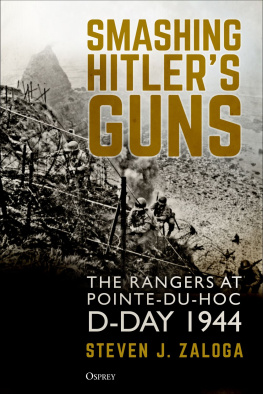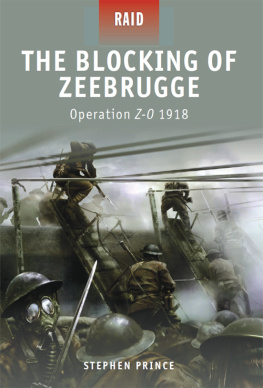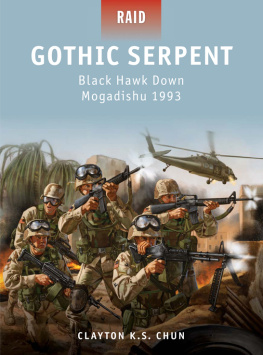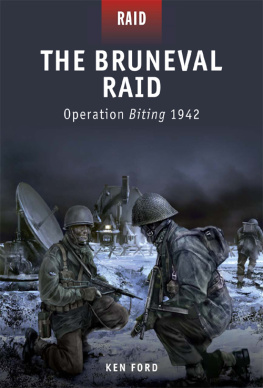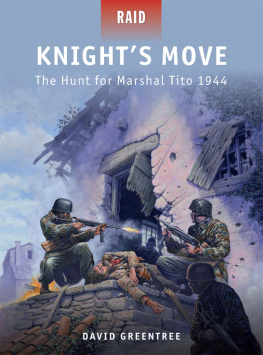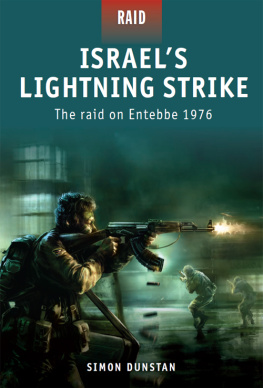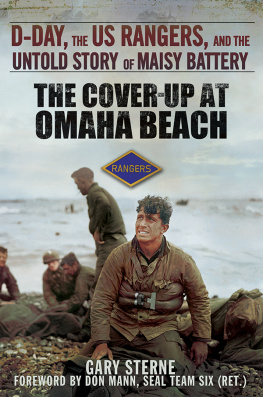Steven J. Zaloga - Smashing Hitlers Guns: The Rangers at Pointe-du-Hoc, D-Day 1944
Here you can read online Steven J. Zaloga - Smashing Hitlers Guns: The Rangers at Pointe-du-Hoc, D-Day 1944 full text of the book (entire story) in english for free. Download pdf and epub, get meaning, cover and reviews about this ebook. City: Oxford, year: 2022, publisher: Osprey Publishing, genre: History. Description of the work, (preface) as well as reviews are available. Best literature library LitArk.com created for fans of good reading and offers a wide selection of genres:
Romance novel
Science fiction
Adventure
Detective
Science
History
Home and family
Prose
Art
Politics
Computer
Non-fiction
Religion
Business
Children
Humor
Choose a favorite category and find really read worthwhile books. Enjoy immersion in the world of imagination, feel the emotions of the characters or learn something new for yourself, make an fascinating discovery.
- Book:Smashing Hitlers Guns: The Rangers at Pointe-du-Hoc, D-Day 1944
- Author:
- Publisher:Osprey Publishing
- Genre:
- Year:2022
- City:Oxford
- Rating:5 / 5
- Favourites:Add to favourites
- Your mark:
Smashing Hitlers Guns: The Rangers at Pointe-du-Hoc, D-Day 1944: summary, description and annotation
We offer to read an annotation, description, summary or preface (depends on what the author of the book "Smashing Hitlers Guns: The Rangers at Pointe-du-Hoc, D-Day 1944" wrote himself). If you haven't found the necessary information about the book — write in the comments, we will try to find it.
Written by one of the worlds leading experts on D-Day, Smashing Hitlers Guns is a ground-breaking new history of the legendary Rangers attack on Pointe-du-Hoc.
The Ranger attack on the German gun batteries at Pointe-du-Hoc in the early morning hours of D-Day is the stuff of legend. The gun batteries were strategically positioned between the two American D-Day landing beaches, and were considered the main threat to the Operation Neptune landings. In spite of the confusion and chaos of the June 6, 1944 mission, the Rangers succeeded in scaling the 100-foot cliffs, but the guns were nowhere to be found. Spreading out in all directions, a Ranger team managed to find and spike the guns at their hidden location south of Pointe-du-Hoc. For two days, this small force fought off repeated German attacks, until an American relief force finally arrived on 8 June, by which time more than half the Rangers were casualties.
The heroic Ranger mission at Pointe-du-Hoc has indeed become a sacred legend, and as a result there are many unexplored controversies. This new book on this famous raid takes a fresh and comprehensive look at the attack on Pointe-du-Hoc, examining the creation of the German gun battery, the initial Allied intelligence assessments of the threat, and the early plans to assault the site. The forgotten Allied bombing attacks on Pointe-du-Hoc are detailed, as well as the subsequent Allied intelligence investigations of the results. While most accounts of Pointe-du-Hoc are based on the published US Army history, the author has tracked down the long-forgotten original, unedited report in the archives that contains a number of curious changes from the better-known and widely accepted version. Little-known interviews of the Rangers who took part in the mission also shed fresh light and a significant number of German records provide the enemy perspective of the battle for control of the guns.
Steven J. Zaloga: author's other books
Who wrote Smashing Hitlers Guns: The Rangers at Pointe-du-Hoc, D-Day 1944? Find out the surname, the name of the author of the book and a list of all author's works by series.

